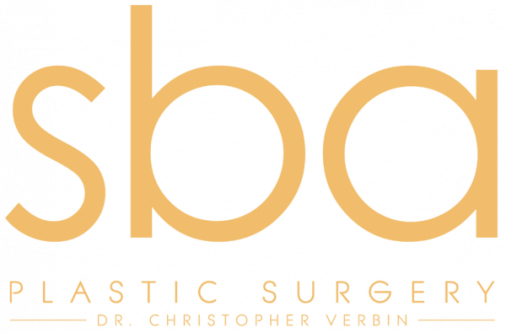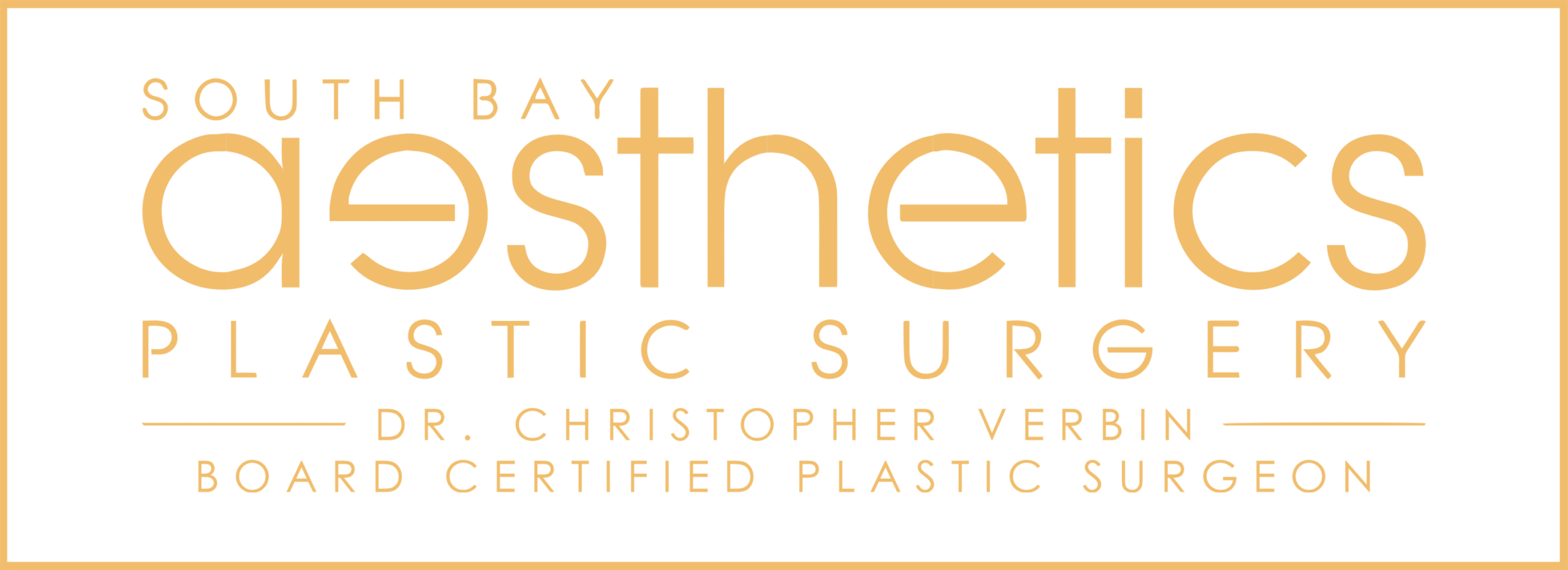At South Bay Aesthetics Plastic Surgery Center in Torrance, CA, we offer blepharoplasty, also known as eyelid surgery, and can customize surgical treatment plans for each patient’s unique needs. This procedure can address aging on the upper eyelid, the lower eyelid, or both and restore a youthful and well-rested appearance to the eye area.
Blepharoplasty
Blepharoplasty is a popular cosmetic procedure designed to address the signs of aging around the eyes. The aging process can result in drooping or sagging skin on the upper eyelid and puffiness and under-eye bags below the eyes. Sometimes the eyelids begin to droop so much that it makes a person look older and impedes vision.
This procedure can correct the visible signs of aging around the eyes and can be custom-tailored to the patient’s needs by treating the upper or lower eyelids. Since the eye area ages differently based on facial structure, genetics, and the other factors that influence aging, we can custom-tailor our procedures to suit the needs of both men and women who want to restore youth to the eye area.
What It Treats
Blepharoplasty can address aging on both the upper eyelids and the lower eyelids. It can reduce the signs of aging on the upper eyelids, making the eye look less heavy. It can also remove excess skin on the upper eyelids and reposition or remove fat deposits beneath the eyes.
It can remove wrinkles around the eyes and restore a youthful appearance to the eye area. We custom tailor each procedure to the needs of our patients and design treatment plans based on their unique cosmetic goals.
The Procedure: Upper and Lower Eyelid Surgery
Patients who want to undergo upper eyelid surgery will typically receive a thin incision in the natural eyelid crease, which allows for an invisible incision post-op. There are two primary methods to perform lower eyelid surgery. The first is the transconjunctival approach. The surgeon uses this approach to address the signs of aging from the inside of the eyelid. This technique allows the surgeon to strategically remove or reposition fat deposits beneath the eyes to improve the under-eye area. The transconjunctival approach is good for the patient who wants to address specific concerns without any visible scarring.
The second approach removes excess skin from beneath the eyes and requires an incision below the lower lash line. This approach allows for a quick recovery with minimal scarring. Patients who undergo lower eyelid surgery can combine their procedure with an upper eyelid procedure as well.
What To Expect
Regardless of which procedure you choose to address your concerns, you can expect to undergo the procedure at our outpatient surgery center. After your procedure is over, you will return home the same day. We will provide you with postoperative instructions, as well as oral pain medications, to ensure your comfort and quick healing. Most patients can expect to spend the first few days resting and return to work within a week of the procedure.
The South Bay Aesthetics Plastic Surgery Center Difference
At South Bay Aesthetics Plastic Surgery Center, we set ourselves apart from other offices by offering upper-eye blepharoplasty with local anesthetic instead of general anesthesia. This version of the popular cosmetic eye surgery is a good option for patients who want to undergo the procedure to address the signs of aging and cosmetic imperfections but are not comfortable with being put to sleep throughout the procedure.
During the procedure, Dr. Verbin will address the upper eye area concerns as outlined in the patient’s treatment plan. The patient will remain awake throughout the procedure and can return home once it’s over.
Customizing Your Procedure
Many patients choose to address more than one concern during their blepharoplasty procedure. Some of the most common add-ons to this surgical procedure include a brow lift, a facelift, dermabrasion, and a chemical peel. Each of these procedures and treatments targets a different concern and pairs well with blepharoplasty.
Am I a Candidate?
The best candidates for blepharoplasty are patients who want to restore youth to the upper, lower, or both eyelids. If loose skin, wrinkles, the redistribution of fat deposits, and the other signs of aging have changed your appearance for the worse or even impaired your vision, you may be a good candidate for this procedure.
If non-invasive or minimally invasive treatments haven’t significantly improved your appearance or effectively treated your specific signs of aging, you may be a good candidate for this surgical option.
Your Initial Consultation
An initial consultation will determine whether you are a good candidate for this procedure. We will evaluate your eye area during your initial consultation and discuss your primary cosmetic concerns. We will review your medical history, and once we determine that this procedure is the right choice for you, we can give you more information about how to prepare for the procedure and schedule your surgery.
The Importance of Good Health and Realistic Expectations
The best candidates are in good health and have realistic expectations about the procedure and the outcome. Blepharoplasty is designed to restore a youthful appearance to the eye area. It is designed to preserve the integrity of your appearance: not make you look like a completely different person. Knowing this ahead of time will ensure that you have realistic expectations about the procedure and your surgical outcome.
Restore Youth to Your Eyes
Blepharoplasty can address cosmetic and aging-related concerns around the eyes, and we can design a custom-tailored surgical treatment plan that’s right for you. Our initial consultation will give you more details about this procedure, confirm your treatment eligibility, and enable us to move forward with the treatment process to help you achieve a youthful and well-rested appearance.

